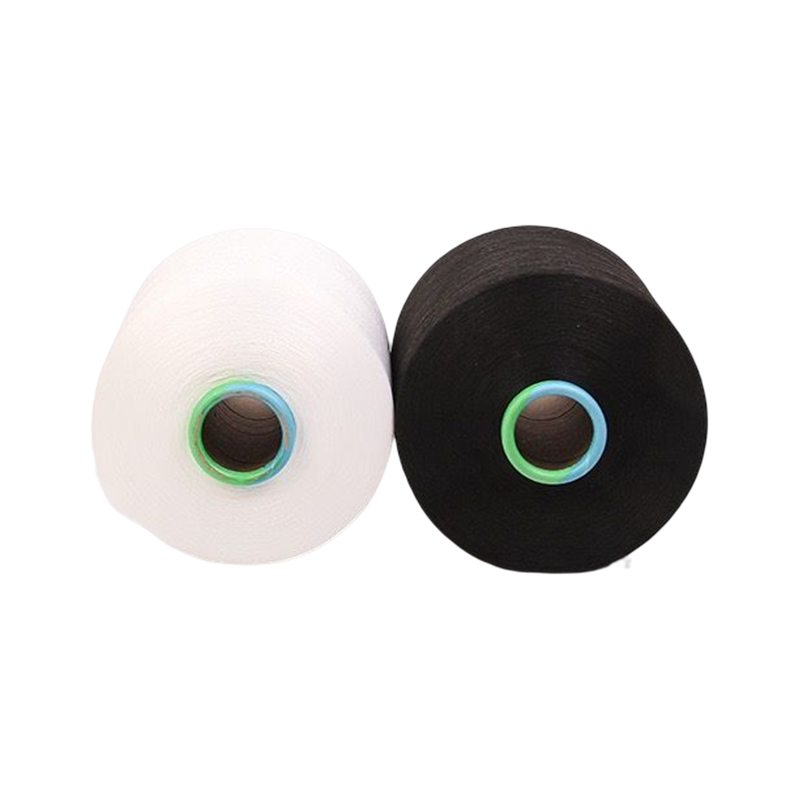- 1 What is Polyester DTY and How is it Produced?
- 2 Polyester DTY vs FDY: Understanding the Differences
- 3 Best applications for Polyester DTY fabric in various industries
- 4 Advantages of Polyester DTY over natural fibers in modern textiles
- 5 How to care for Polyester DTY garments properly
- 6 Polyester DTY dyeing process and color fastness
What is Polyester DTY and How is it Produced?
Polyester Drawn Textured Yarn (DTY) is a type of synthetic yarn that has undergone texturing processes to enhance its elasticity, bulkiness, and softness. The production process involves several key steps that transform raw polyester into a versatile textile material.
Full-color custom polyester DTY yarn Silver Series ZE0006-ZE0668 121
The Manufacturing Process of Polyester DTY
The production of Polyester DTY involves these critical stages:
- Polymerization: Creating polyester chips from raw materials
- Melt spinning: Extruding the polymer through spinnerets to form filaments
- Drawing: Stretching the filaments to align polymer molecules
- Texturing: Adding bulk and stretch through mechanical or thermal processes
- Winding: Packaging the finished yarn onto cones or bobbins
Key Characteristics of Polyester DTY
Several distinctive properties make Polyester DTY stand out from other synthetic yarns:
- Excellent elasticity and recovery properties
- Superior bulkiness compared to regular polyester yarn
- Enhanced softness and texture
- Good dimensional stability
- Resistance to wrinkles and abrasion
Polyester DTY vs FDY: Understanding the Differences
When comparing Polyester DTY with Fully Drawn Yarn (FDY), several key differences become apparent in terms of production, properties, and applications.
Production Process Comparison
The fundamental difference lies in the texturing process that DTY undergoes but FDY skips. This additional step gives DTY its characteristic stretch and bulk.
Property Differences
| Property | Polyester DTY | Polyester FDY |
|---|---|---|
| Elasticity | High | Low |
| Bulkiness | High | Low |
| Surface Texture | Textured | Smooth |
| Strength | Moderate | High |
Best applications for Polyester DTY fabric in various industries
The unique properties of Polyester DTY make it suitable for numerous applications across different sectors.
Apparel Industry Uses
In clothing manufacturing, Polyester DTY is prized for:
- Sportswear and activewear due to its moisture-wicking properties
- Casual wear because of its comfort and durability
- Outerwear for its insulation properties
- Lingerie and intimate apparel for its softness
Home Textile Applications
The home furnishing sector benefits from Polyester DTY in:
- Upholstery fabrics
- Curtains and drapes
- Bed linens and comforters
- Decorative pillows
Advantages of Polyester DTY over natural fibers in modern textiles
While natural fibers have their appeal, Polyester DTY offers several advantages that make it preferable for many applications.
Performance Benefits
Compared to natural fibers like cotton or wool, Polyester DTY provides:
- Superior durability and longevity
- Better resistance to wrinkles
- Enhanced color retention
- Improved moisture management
Economic and Environmental Considerations
From production to end-use, Polyester DTY presents advantages such as:
- Lower production costs compared to natural fibers
- Consistent quality and availability
- Recyclability potential
- Reduced water consumption during manufacturing
How to care for Polyester DTY garments properly
Proper maintenance can significantly extend the life of Polyester DTY products while maintaining their appearance and performance.
Washing Guidelines
To preserve your Polyester DTY items:
- Use warm water (not exceeding 40°C/104°F)
- Mild detergents are preferable
- Avoid chlorine bleach
- Turn garments inside out before washing
Drying and Ironing Recommendations
For optimal results when drying and ironing:
- Tumble dry on low heat
- Remove promptly to prevent wrinkles
- If ironing is needed, use low heat settings
- Avoid direct contact with high-heat sources
Polyester DTY dyeing process and color fastness
The dyeing of Polyester DTY requires specific techniques to ensure even coloration and long-lasting results.
Dyeing Techniques
Common methods for dyeing Polyester DTY include:
- High-temperature dyeing
- Carrier dyeing
- Thermosol dyeing
- Solution dyeing
Factors Affecting Color Fastness
Several factors influence how well Polyester DTY retains its color:
| Factor | Impact | Solution |
|---|---|---|
| Dye Selection | Determines initial color vibrancy | Use disperse dyes specifically for polyester |
| Temperature Control | Affects dye penetration | Maintain precise temperature during process |
| pH Levels | Impacts dye fixation | Monitor and adjust pH throughout |

 English
English
 Español
Español


-2.png)

-2.png)
-2.png)
-3.png)
